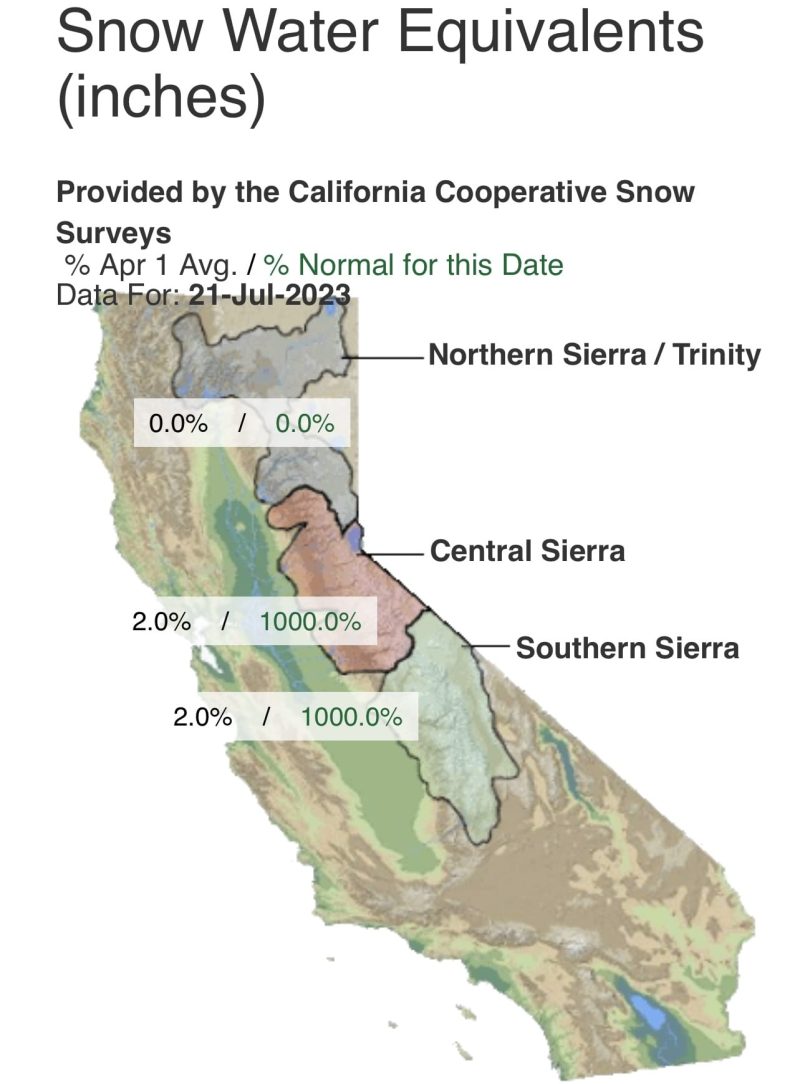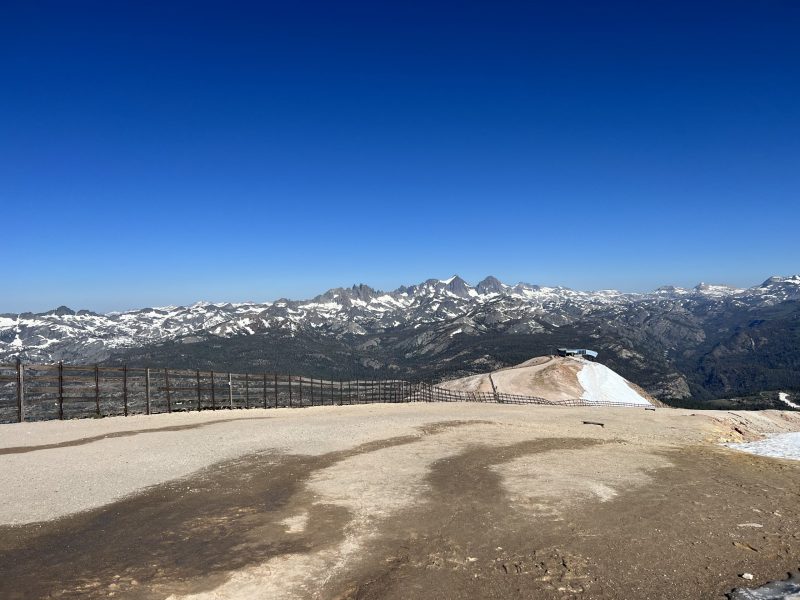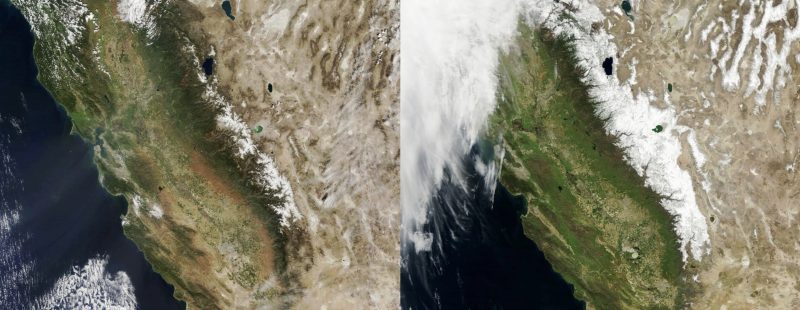
After absolutely massive snowfall during the 2022-2023 winter and spring seasons, the Central and Southern Sierra Nevada Mountains still hold 1,000% of normal snow water equivalents to date, as of July 21, 2023. This staggering statistic may come as no surprise after more than half-a-dozen ski resorts in California reported record-breaking, or close-to, snow totals for the 22/23 season.
It has been over a decade since this much snow has been seen in the Sierra Nevada this late into the summer. In 2011, late spring storms paired with intense snowfall all season accounted for a similar significant late summer snowpack. Since then, 2017 and 2019 were the only other years that any snowpack was documented in July.
It’s worth noting that these measurements were taken ten days ago, on July 21st, so it’s highly likely that the snowpack has shrunk significantly since then. Nevertheless, a snowpack that’s 1,000% of normal this late into July is still impressive.

The amount of snow still lingering high in the mountains continues to negatively affect high-alpine hiking and other summer activities, while skiing remains fantastic. Mammoth Mountain is not only open for skiing and riding through August 6, but they are also still reporting a 36″ base at The Summit and a 12″ base at the Main Lodge.
- Related: Mammoth Mountain, CA: Day Trip with a Gorgeous Drive, Incredible Skiing, and a Jump in June Lake
While we all love to see this much snow still around at the end of July, the ever-changing snowpack in the Sierra should raise some significant questions and concerns. With extreme drought conditions persisting year after year, these substantial winters are beginning to occur less frequently. What can be done to help combat climate change and global warming so we all can recreate and enjoy the beautiful, snowy Sierra Nevada Mountains for decades and centuries to come?
